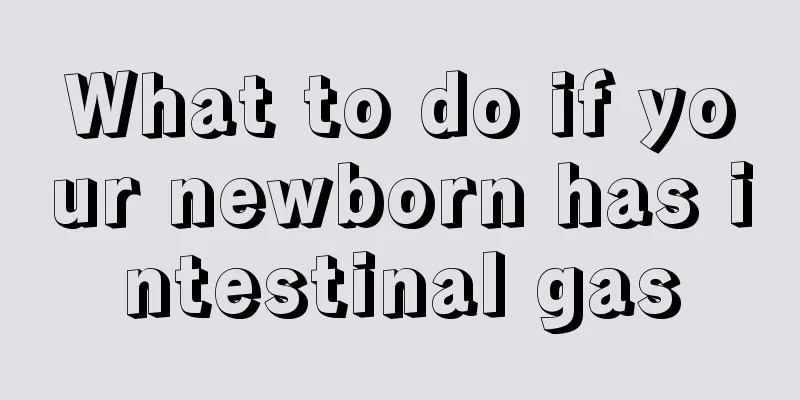What to do if the baby can't hold the nipple

|
When a baby is fed for the first time, the nipple may be too big or too small, which may cause the baby to not be able to hold it in the mouth at once. This will cause the baby's mouth to not be in the correct position, making feeding more difficult, and in many cases, the baby cannot suck milk. As a new mother, you must correct this correctly so that the baby can adjust to the most comfortable state. Otherwise, the baby will keep forcing milk, which will affect the health of the nipple. What to do if the baby can't hold the nipple The baby's mouth should be positioned correctly when sucking on the mother's nipple for the first time. If the baby sucks incorrectly the first time, it will be difficult to correct it later. The baby's mouth should be positioned correctly, as should the way he is held. The baby's mouth should be kept as open as possible. You can touch your nipple to your baby's lips to encourage him to open his mouth. Place the nipple as deep as possible in the baby's mouth, with the baby's body close to you and his or her belly facing and touching yours. Your baby's lips and gums should cover the areola (the dark area around the nipple). Be sure not to allow your baby to grasp or suck the nipple with just his lips. This will prevent your baby from sucking only on the nipple and avoid discomfort for you. If your baby is feeding in the correct position, his lips should be outside, not drawn in onto his gums. You can see your baby's jaw moving back and forth and hear slight swallowing sounds. Your baby's nose will be touching your breast, but he or she will be able to get enough air. Remember: If it hurts, your posture is wrong. Remove your baby from the nipple and try again. Place your finger gently at the corner of your baby's mouth to stop him from sucking on the breast. Once both mother and baby are in a very comfortable position, the mother can gently stroke the baby's lips with the nipple. Wait until the baby's mouth is fully open - as wide as if yawning. Directly aim the nipple at the baby's nose and then gradually move it down to the baby's upper lip mucosa, gradually inducing the baby to open his mouth wide and connect to the nipple. You can squeeze some breast milk and apply it on your baby's lips to encourage him to open his mouth and connect to the nipple. Once the baby's mouth is open wide, bring the baby closer to the mother. The baby's tiny mouth completely embraces the nipple and areola of the mother's breast. This way the mother will not feel nipple pain while breastfeeding. When stopping sucking, carefully insert your fingers into the corners of the baby's mouth to let in a small amount of air, and quickly and flexibly place your fingers between the gingival margins of the upper and lower alveolar processes until the baby releases. |
>>: How to correct your baby's latch
Recommend
How often do newborns poop?
Everyone hopes that their baby can grow up health...
What to do if your baby has gingivitis
Problems with teeth can cause us some pain, espec...
Why babies don't gain weight
Some babies just can’t gain weight no matter how ...
Why does the baby cry in the second month?
Many babies are relatively well behaved when they...
What are the characteristics of rotavirus when it is almost cured?
Rotavirus is generally more prevalent in spring a...
What to do if your baby has a runny nose in autumn
Babies may suffer from colds and runny noses at a...
How to give first aid when a child is stuck
Children's esophagus is very thin, so when ch...
What's the matter with the blue veins on the baby's nose?
Both adults and children may encounter the proble...
One-year-old baby often shakes his head
Many parents will find that their one-year-old ba...
Can neonatal cerebral atrophy be cured?
Newborn babies have very weak body resistance and...
How to prevent children from being picky eaters
Current medical research shows that if a child is...
Treatment of low-grade fever in infants
In our lives, it may often happen that children h...
What are the recipes for baby's appetite and spleen?
Babies are the hope of their parents and the futu...
Treatment of urticaria in children
Children are the bond that holds a family togethe...
How to quickly grow meat for babies
Newborn babies generally look different every day...









